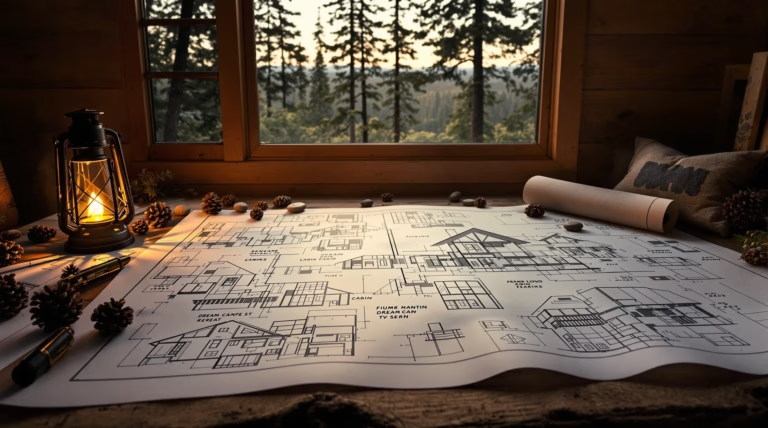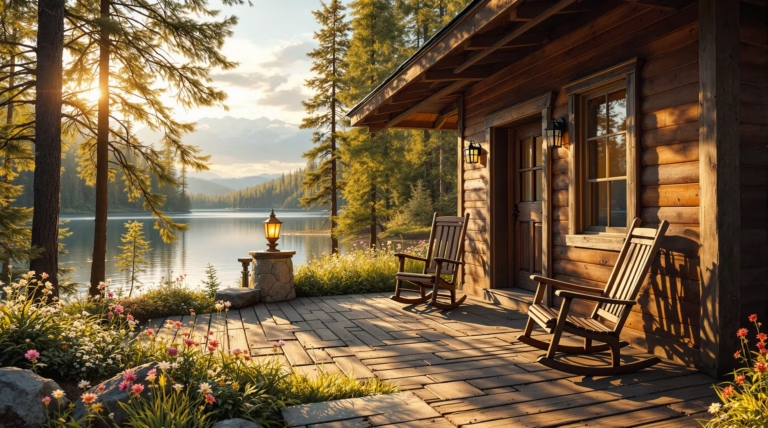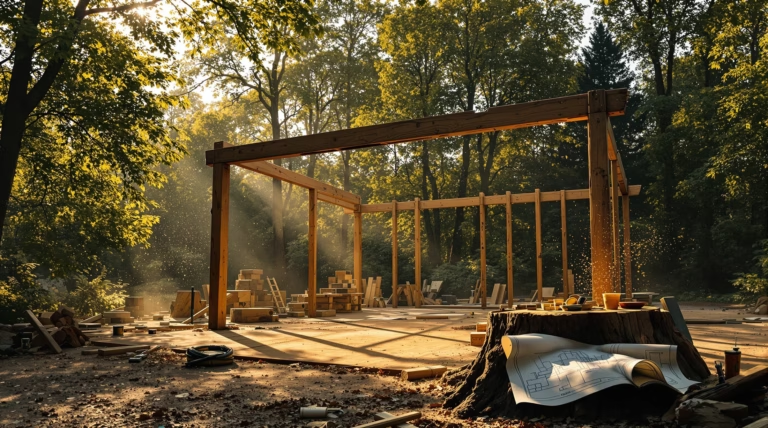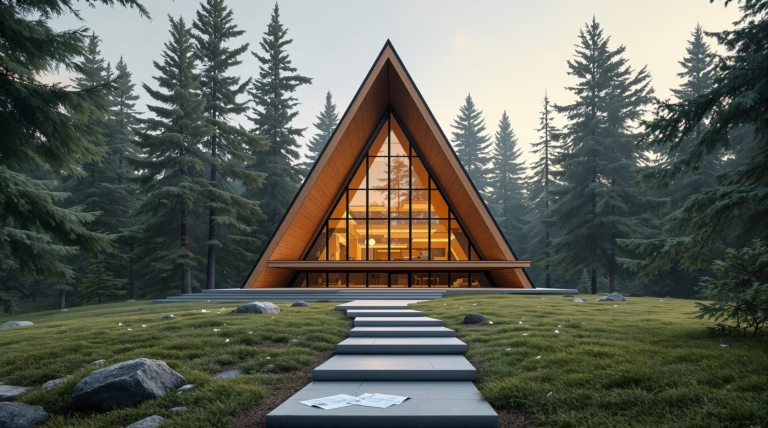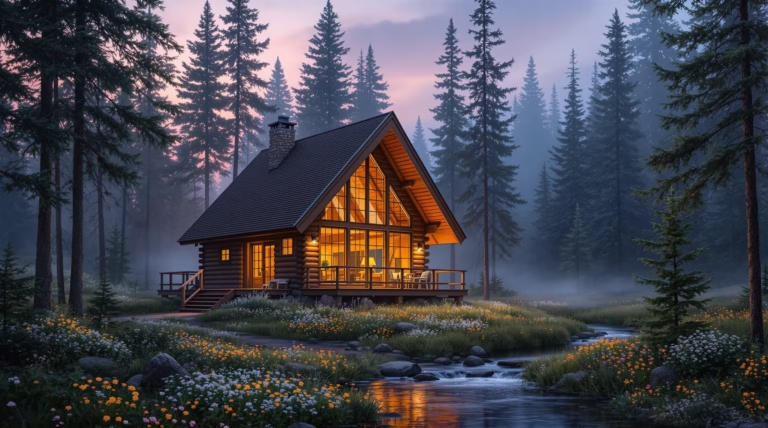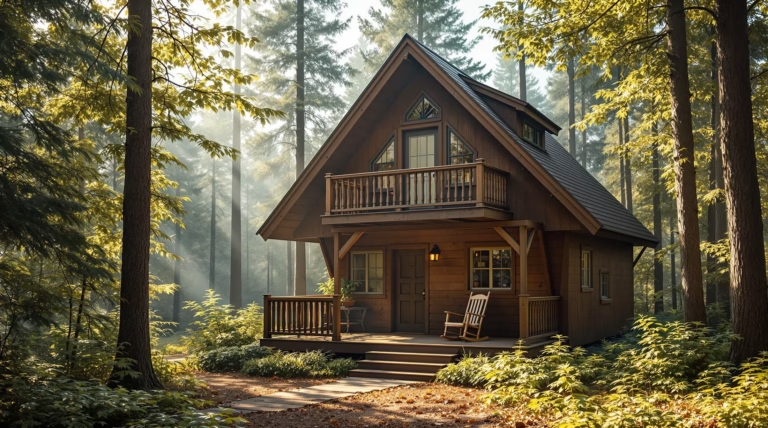Basic Houses: Simple Plans and Designs for Every Home
Looking to build your dream home without breaking the bank? Basic house designs offer an intelligent solution that combines affordability with practical living. Let’s explore how these straightforward yet comfortable homes can provide everything you need while maintaining simplicity and efficiency.
Understanding Basic Houses: An Overview
Basic houses represent a streamlined approach to home design, focusing on essential elements while eliminating unnecessary complications. These homes typically feature 1-3 bedrooms, 1-2 bathrooms, and 1-2 stories, with straightforward floor plans and efficient use of space. Their accessibility lies in both affordability and ease of construction.
Simple house plans come in various configurations, including one-story bungalows, modest two-story family homes, and cozy vacation cabins. These designs emphasize functionality, comfort, and efficiency rather than excessive square footage or elaborate architectural details. The minimalist approach creates homes that are easier to maintain, less expensive to build, and often more environmentally friendly.
What Defines a Basic House?
- Practical, no-frills approach to design and construction
- Simple footprint – typically rectangular or square
- Efficient room arrangements without wasted space
- Functional kitchens and modest-sized bathrooms
- Multipurpose living areas
- Clear definition of spaces serving specific purposes
Benefits of Choosing Basic House Designs
| Benefit Category | Advantage | Impact |
|---|---|---|
| Cost Savings | 15-30% lower construction costs | More accessible homeownership |
| Energy Efficiency | 20-40% lower utility bills | Reduced monthly expenses |
| Maintenance | Fewer complex systems | Lower upkeep costs |
Exploring Simple House Plans and Designs
Simple house plans offer thoughtful designs that balance functionality with aesthetic appeal. Online resources like Houseplans.com and Pinup Houses provide extensive collections ranging from cozy cabins to modest family homes. These designs feature efficient layouts and straightforward construction methods, making them accessible for both professional builders and DIY enthusiasts.
Popular Styles in Simple House Plans
- Minimalist designs with clean lines and uncluttered spaces
- Open floor plans combining living, dining, and kitchen areas
- Abundant natural light through strategically placed windows
- Neutral color palettes for timeless appeal
- Clear separation between public and private spaces
Customizing Your Simple House Plan
Simple house plans offer excellent adaptability to personal needs without compromising structural integrity. Common customizations include adjusting room dimensions, repositioning interior walls, expanding windows, or adding built-in storage solutions. Many plans include options for future expansion, allowing homeowners to start with an affordable core structure and grow as needed.
DIY enthusiasts particularly benefit from these customizable plans, which typically include detailed documentation for modifications. When customizing, focus on changes that enhance functionality rather than merely adding square footage – consider multipurpose rooms, built-in furniture, or clever storage solutions that maximize space utility.
Building Your Basic House: Tips and Resources
Building a basic house has become more accessible than ever, thanks to modern resources and tools. The process requires proper planning, realistic expectations, and an openness to learning. Today’s digital platforms, particularly YouTube tutorials, provide comprehensive visual guidance for every construction phase – from foundation work to roof installation.
The construction journey benefits greatly from community involvement. Local building groups, workshops, and organizations like Habitat for Humanity offer practical experience while connecting aspiring builders with seasoned professionals who can provide location-specific advice and insights.
DIY-Friendly House Building Techniques
- Post-and-beam framing – uses larger, widely-spaced structural members for simplified construction
- Panel-based systems (SIPs) – prefabricated components combining structure and insulation
- Small-scale practice projects – building sheds or tiny structures to develop skills
- Hands-on volunteering – gaining real-world construction experience
- Online tutorial learning – mastering specific techniques through video guidance
Incorporating Eco-Friendly Features
| Feature | Benefits | Implementation |
|---|---|---|
| Passive Solar Design | 30-40% energy reduction | Strategic window placement and home orientation |
| Proper Insulation | Improved energy efficiency | DIY-friendly installation with natural materials |
| Water Conservation | Reduced utility costs | Simple rainwater collection systems |
| Local Materials | Lower transportation emissions | Sourcing from regional suppliers |
Green building practices often simplify construction while reducing long-term costs. Resources like Ecohome’s Building Guide provide comprehensive information for self-builders, covering everything from natural insulation to non-toxic finishes. These sustainable approaches complement basic house design principles, creating efficient, environmentally conscious homes.
Conclusion: Embracing the Simplicity of Basic Houses
Basic houses represent a compelling shift from complex, oversized homes toward more practical living solutions. Their straightforward designs prioritize comfort and functionality while eliminating unnecessary excess. These homes excel in ease of construction, maintenance efficiency, and cost-effectiveness – qualities that increasingly resonate with modern homeowners.
The versatility of minimalist house plans makes them accessible to various audiences, from first-time homeowners to DIY enthusiasts. Their energy efficiency translates to reduced utility costs and environmental impact, while simplified maintenance requirements free up resources for life’s priorities. Choosing a basic house design reflects a conscious decision to embrace a more intentional, sustainable living approach.


